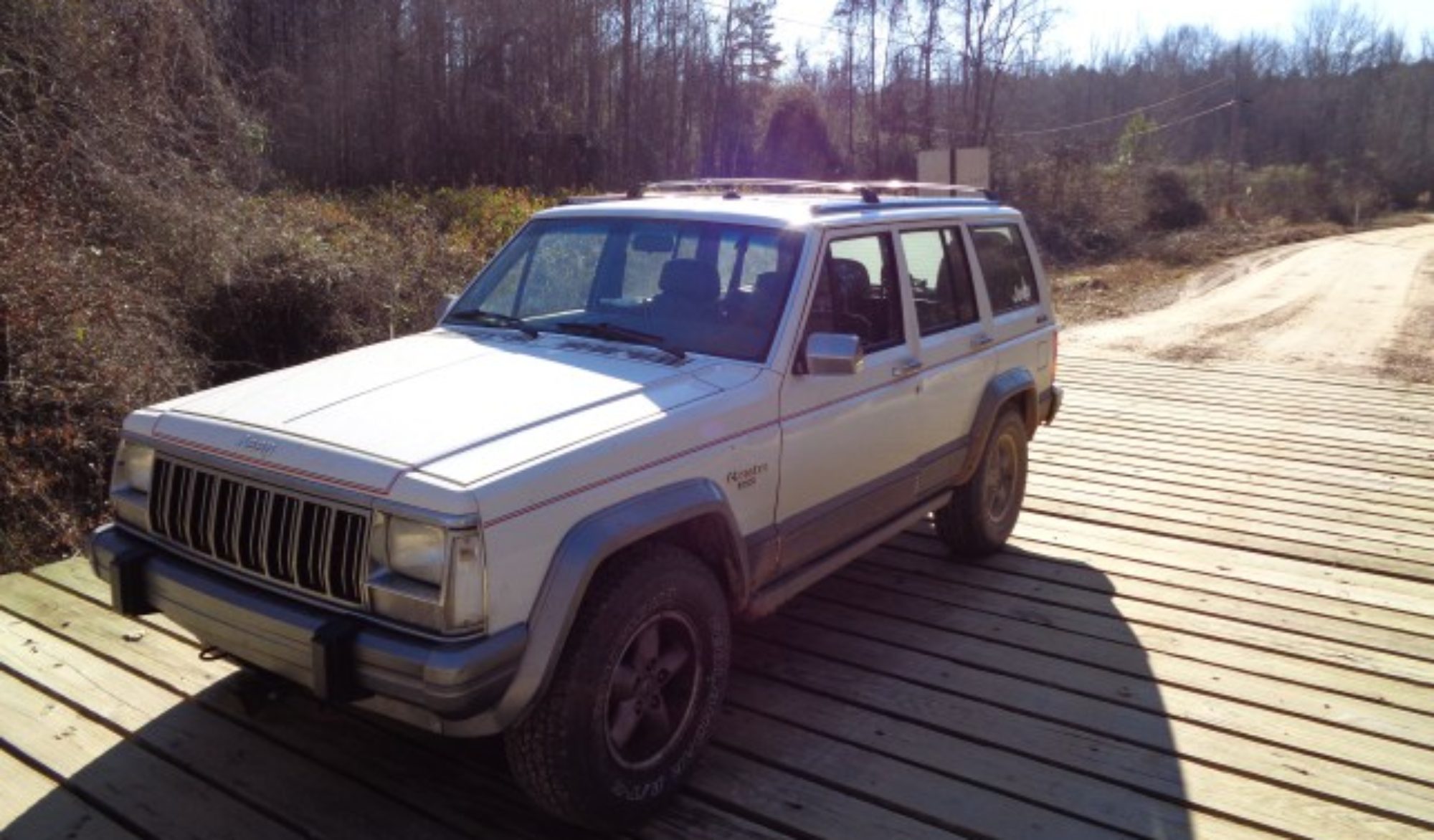VW Passat Glove Box door repair
The glove box door on the 2000 VW is a rather complicated affair. It seems really sturdy with a heavy metal layer sandwiched between the two plastic parts. However, the handle and the inner workings are actually quite fragile.
The common failure points are the plastic supports for the hinge pin on the handle and the hinge supports of the two bell cranks inside the lid.
The first task to making the repair is to get the box open. If just the handle is broken, you can reach in with a finger and press down on the two tabs of the bell cranks. This will release the lock pins. On this example however, the bell cranks were also off their pivots. I had to reach in and grab the detent in the slider and pull the pin out. Pushing in on the glove box door reduced the tension making it easier to pull the pin out.
With the lid open, the two halves are separated by removing the torx screws. Two required a short bit and a ratchet while most could be removed with a standard screw driver style torx tool. The outer cover will still be attached to the base but it can now be opened enough to make the repair.
I began by putting all the parts back where the belonged. I discovered that none of the parts were actually broken just the bell cranks had come off the pivots. I used two sheet metal screws to secure the two bell cranks on the pivots.
Next I focused on the broken handle. There are two pins that com in form either side. The small recesses in the handle were completely broken away. I made a new pin by cutting a 3 inch long piece of 3/32 welding rod. I then drilled a 1/8 inch hole all the way through the handle. I then threaded the welding rod through all the holes making a more secure mount for the hinge.
I carefully pressed the two halves of the cover back together making sure to properly align the tab on the handle with the hole between the bell cranks. Once the screws were replaced the repair was done. The door now opens and closes smoothly and will be much stronger than in original form.
Considering the door s sell for $200 new and even used ones are going for over $60 this was time well spent. And since I used material I already had, there were no material costs.
